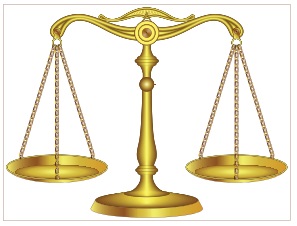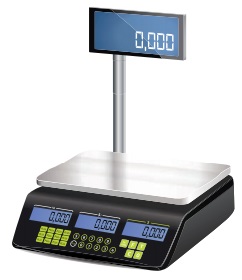Measurements | Term 1 Unit 1 | 6th Science - Mass | 6th Science : Term 1 Unit 1 : Measurements
Chapter: 6th Science : Term 1 Unit 1 : Measurements
Mass
Mass
1. Mass
and Weight
Mass is the measure
of the amount of matter in an object. Weight is the gravitational pull
experienced by the mass.
Hold a sheet of
paper in one hand and a book in another. Which hand feels the heavyness? The
mass of the book is more than that of a single sheet of paper. Therefore the
pull on the book is more than that of the paper. Hence our hand has to give
more force to hold a book than a paper. This force is what we experience as
‘heaviness’.
More
to Know
The
weight is directly proportional to the mass on earths surface. On moon where
the gravitational force is lesser than earth, the weight will reduce but the
mass will remain same. The moon’s gravitational pull is one sixth of the
earth’s pull. Thus objects weigh six times lighter on the Moon than on the
Earth.
The SI unit of mass
is kilogram. It is represented by the ‘kg’.
Now a question,
what is your mass? If you measure it grams that would be a huge number is it
not? So it is expressed in kilogram. Bigger weights are measured in tonne or
Metric Tonne.
1000 milligram = 1
gram
1000 gram = 1
kilogram
1000 kilogram = 1
tonne
2. Beam Balance
We use beam
balances to measure mass. A beam balance works by comparing the mass of an
object to that of known mass (called a standard mass)

Activity
5
Construct
your own beam balance using two scrapped coconut shells, strings or twines
thick cardboard as frame and a little sharpened pencil as index needle.
What
can you achieve?
1. Find which object is heavier
2. Find approximate weight of
lighter things (leaves, piece of papers, etc)

• We achieve beam balance model.
• Student doing activity.
3. Electronic Balance
An electronic
balance is a device used to find accurate measurements of weight. It is used
very commonly in laboratories for weighing chemicals to ensure a precise
measurement of those chemicals for use in various experiments. Electronic balances
may also be used to weigh food, other grocery items, as well as jewellery.

Related Topics